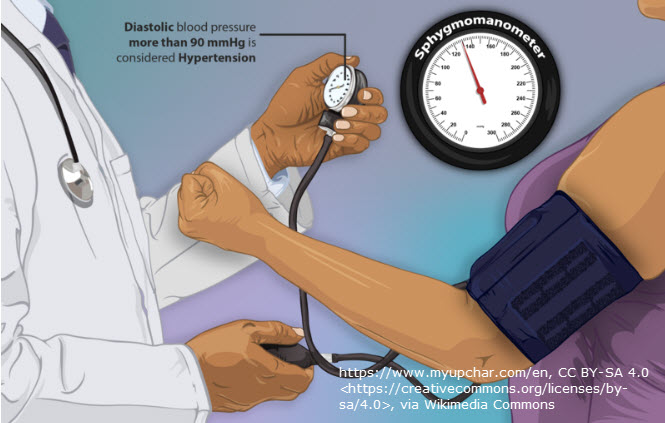Two months ago, we began a series on contraindications to MLD. This post will continue that topic, citing a few more contraindications.
6. Severe Hypertension
According to Ai, MLD in patients with severe hypertension can increase vascular pressure and potentially trigger hypertensive crises. (I would partly disagree.) MLD commonly lowers blood pressure due to the stimulation of the parasympathetic nervous system. So, MLD would actually benefit patients with hypertension. However, there are a couple considerations.

First, blood pressure should be monitored before and after MLD to ensure it doesn’t drop too low. Second, MLD should be a gentle, light massage. Too much pressure can contribute to vascular damage. This is particularly important in cases of atherosclerosis or vascular disease impacting arteries. Hardened deposits of fat, cholesterol, and other substances that accumulate in the walls of arteries create arterial plaques. These can potentially become unstable (leading to a blood clot) or dislodge and cause emboli. Emboli can block arterial blood flow (leading to problems like a stroke or PE). The neck is frequently used in MLD sequences. Given the location of the carotid arteries, caution should be used.
7. Acute Inflammatory Conditions
Conditions like arthritis or autoimmune diseases (in an acute phase), or other inflammatory processes like gout or bursitis, can benefit from MLD. But not in the acute phase of a flare up. The manual manipulation of the tissues could intensify the inflammatory response or exacerbate pain and swelling. MLD should only be considered after the acute phase of inflammation has resolved. (Otherwise, there is risk of an exacerbation period before improvement.)
I would add, these inflammatory conditions can also benefit greatly from MLD. The benefits include (among others):
- stimulation of the lymphatic system, helping to remove excess interstitial fluid (the fluid between cells) and waste products from the tissues
- reducing swelling and fluid retention in inflamed areas by improving drainage
- modulating the immune response by reducing the inflammatory responses
- reducing pain by reducing the inflammation and increasing the drainage of inflammatory particles as well as by stimulating the relaxing effect of the parasympathetic system
Conclusion
Manual Lymph Drainage is a powerful therapeutic tool, but it must be applied carefully and selectively. The above contraindications aren’t comprehensive (there are other precautions including those specific to certain body areas). Understanding the contraindications ensures that patients receive appropriate care and prevents unintended complications. Clinicians should always conduct a thorough assessment of the patient’s health history and current condition to determine whether MLD is suitable. By respecting these contraindications, therapists can help ensure that MLD remains a safe and effective intervention for lymphatic and fluid management.
Generated by Ai (with edits by author)
References
Foldi’s Textbook of Lymphology
*****For Medicare garment coverage updates, click here.*****
